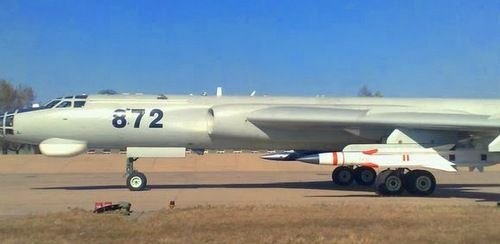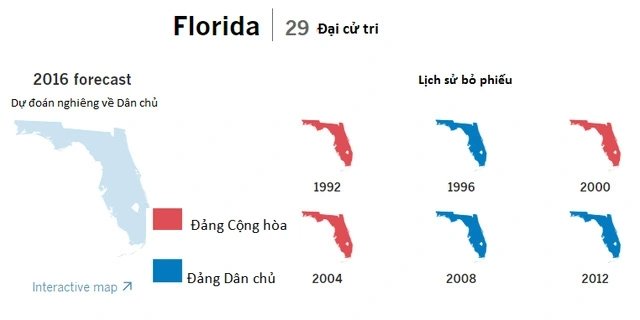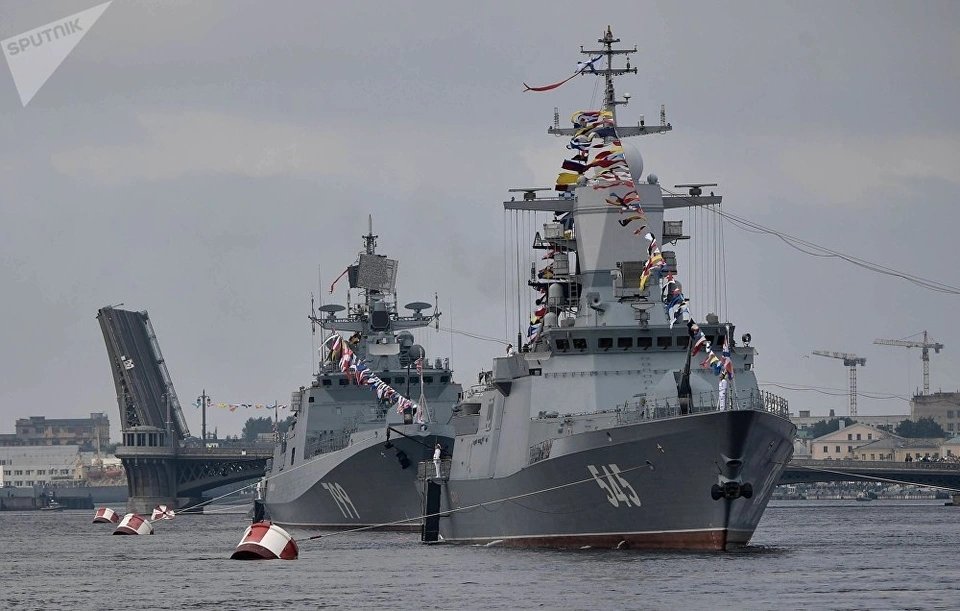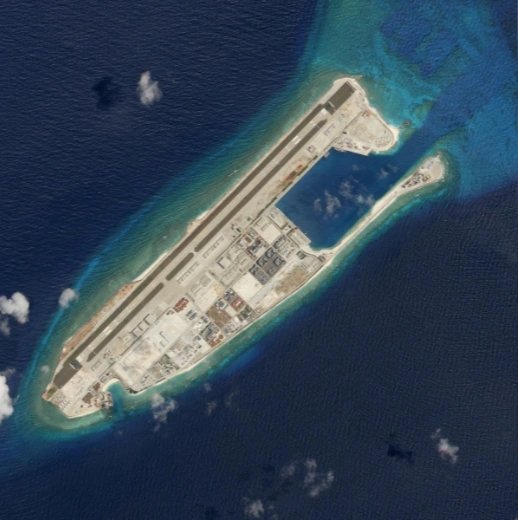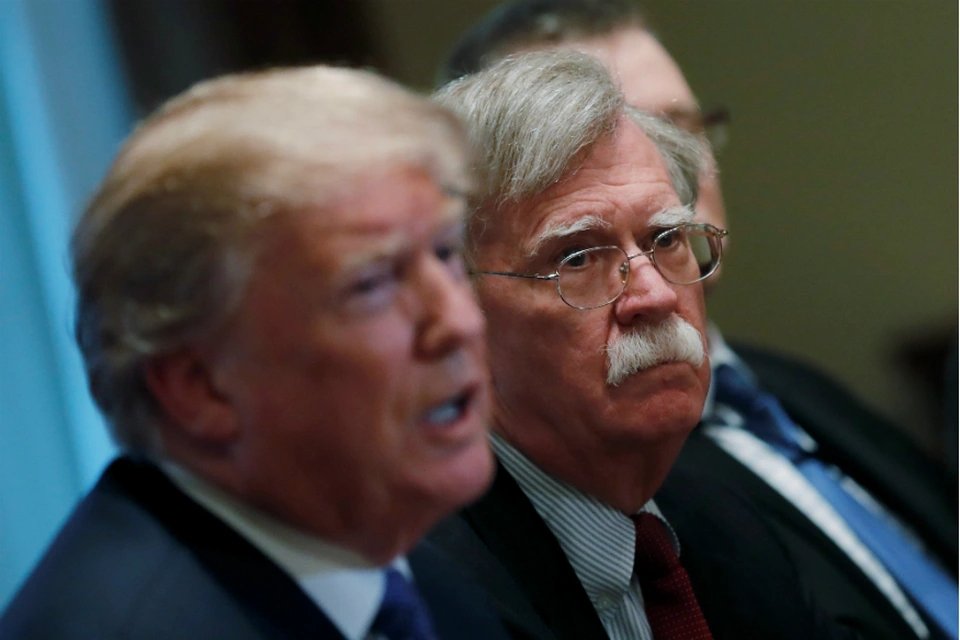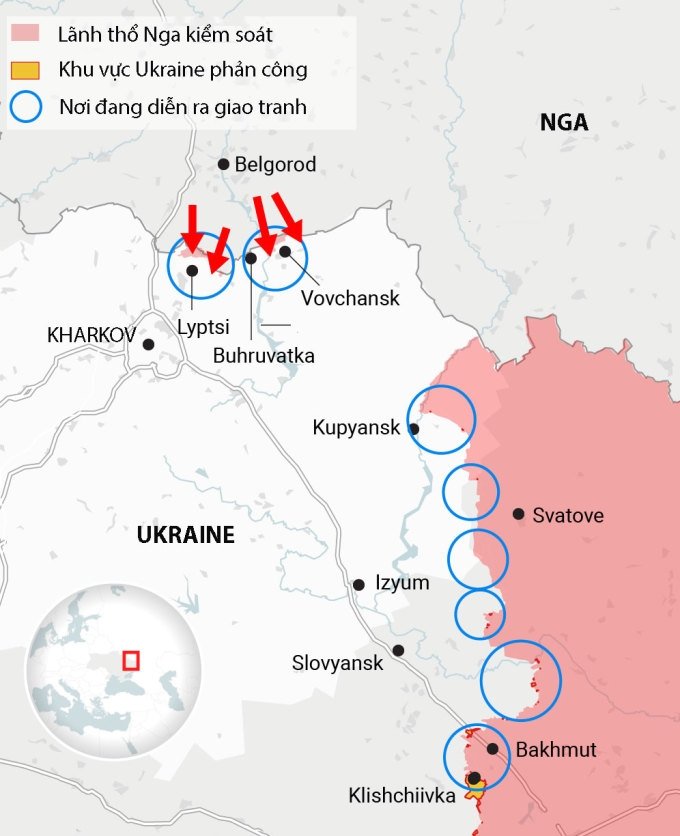
Russia’s Northern Army on May 10 suddenly crossed the border and launched an attack south, into Ukraine’s Kharkov province.
Ukraine’s open source intelligence group Deepstate said Russian forces attacked in two directions, targeting Liptsy district and Volchansk city, two municipalities located about 30-40 km from the provincial capital Kharkov.
Ukrainian President Volodymyr Zelensky said on May 12 that the country’s army `is participating in fierce battles in the border area`.
Western intelligence recently discovered that Russia has concentrated a large number of forces in the border province of Belgorod and predicted that the Kremlin will soon launch an attack on Kharkov.
However, General Oleksandr Syrskyi, commander-in-chief of the Ukrainian army, admitted that the situation in Kharkov was `deteriorating significantly`, as his forces had to deal with many simultaneous Russian attacks targeting a series of villages along
Russian advances in Kharkov.
Russia’s current attacks are mainly lightly armed infantry forces, with a total force of about 2,000 people, supported by artillery and fighter bombers operating from across the border.
`Russian units in Kharkov do not form a unified mechanized force to attack deeply with concentrated power to gain overwhelming superiority in manpower and weapons,` said the Frontelligence Insight group of a former Ukrainian officer.
`Instead, Russia launched many small-scale attacks at many locations on the border with platoon-sized units, even squads, allowing some to penetrate the border without encountering significant resistance.
Observers believe that the Kharkov offensive campaign could serve Russia’s strategy of creating a buffer zone at the border to better protect the city of Belgorod, located a few dozen kilometers from the border and recently frequently subjected to attacks.
In case the front-line attacks achieve good results, Russia will likely expand its goals and send reserve forces into battle to control more territory.
Western experts believe that this is part of Russia’s calculation to take advantage of weapons and human resources before Ukraine receives military aid from the US, as well as deploying open mobilization efforts.
A Ukrainian defense official last week also said that Russia’s primary goal when opening the Kharkov front was to force Ukrainian forces to transfer forces from the Donbass region, where Moscow is facing many difficulties in attacks.
Russia is focusing its efforts on attacking key urban areas in Donetsk province in the Donbass region, eastern Ukraine, but has not yet penetrated the enemy’s defense lines.
Finnish expert Joni Askola also commented that Russia’s campaign against Kharkov was a `complex feint` to force Ukraine to send troops from the stronghold of Chasov Yar and the western cities of Avdeevka to the northeast to cope and counteract the situation.
Ukraine’s 42nd Independent Mechanized Brigade may be the first unit forced to move north to reinforce the defense forces in Kharkiv.

Russian artillery attacked Ukrainian positions on March 29.
Even if Kharkov is not captured, controlling cities near the border will make it easier for Russia to deploy artillery, putting Ukraine’s second largest city in direct fire range.
Experts say that to achieve the above goal, Russian forces will need to break Ukraine’s main defense line and advance deeper.
Ukrainian officials said the villages that Russia has controlled since last weekend in Kharkiv province are in the `gray zone` between the border and the country’s defense lines.
Serhiy Kuzan, head of a consulting organization called the Center for Cooperation and Security of Ukraine, said that neither side wants to control the disadvantageous low-lying area mentioned above.
`Another Russian goal in the Kharkov offensive is to cause panic,` Kuzan said.
However, Kuzan said that after the initial panic, it seemed that the Ukrainian people and forces had calmed down to cope with Russia’s advance.
`Russia wanted to break the line and repeat what Ukraine did in the lightning counterattack, but they failed and are now stuck,` Kuzan said.
According to this expert, Russia does not have enough forces to advance further, but enough reserves to continue fighting in Kharkov for at least the next month, with the goal of getting as close to the capital city as possible to increase
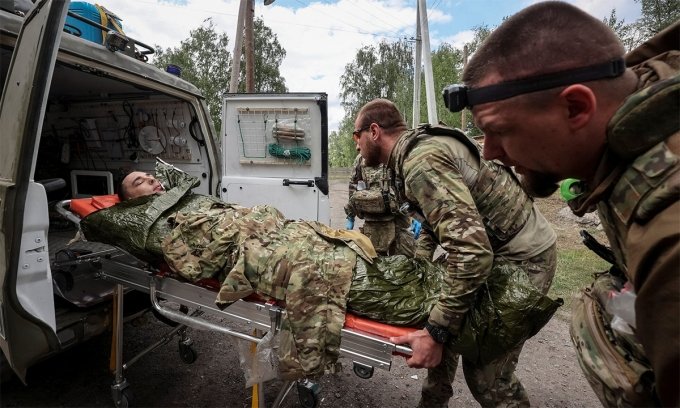
Ukrainian military medical soldiers brought wounded soldiers back to the rear in Kharkov province on May 12.
Russia’s Telegram pages also commented that the country’s offensive in Kharkov `mainly operates in the gray zone` and should not expect a quick breakthrough.
According to Russian war correspondent Alexander Kots, Ukraine has spread mines on the main roads that Russia can pass through in Kharkov province, and threatened to cause great damage to the attacking side with unmanned aerial vehicles (drones).
`The enemy did not build a solid defense line in the gray zone, instead lying in ambush, waiting for Russian forces as they advanced deeper. Ukraine now has more capacity to deal with attacking forces than in 2022.`
Although there have been signs that Russia intends to consolidate its position in the border villages it already controls, there is no evidence that the country’s military is concentrating regimental and brigade-level units to


